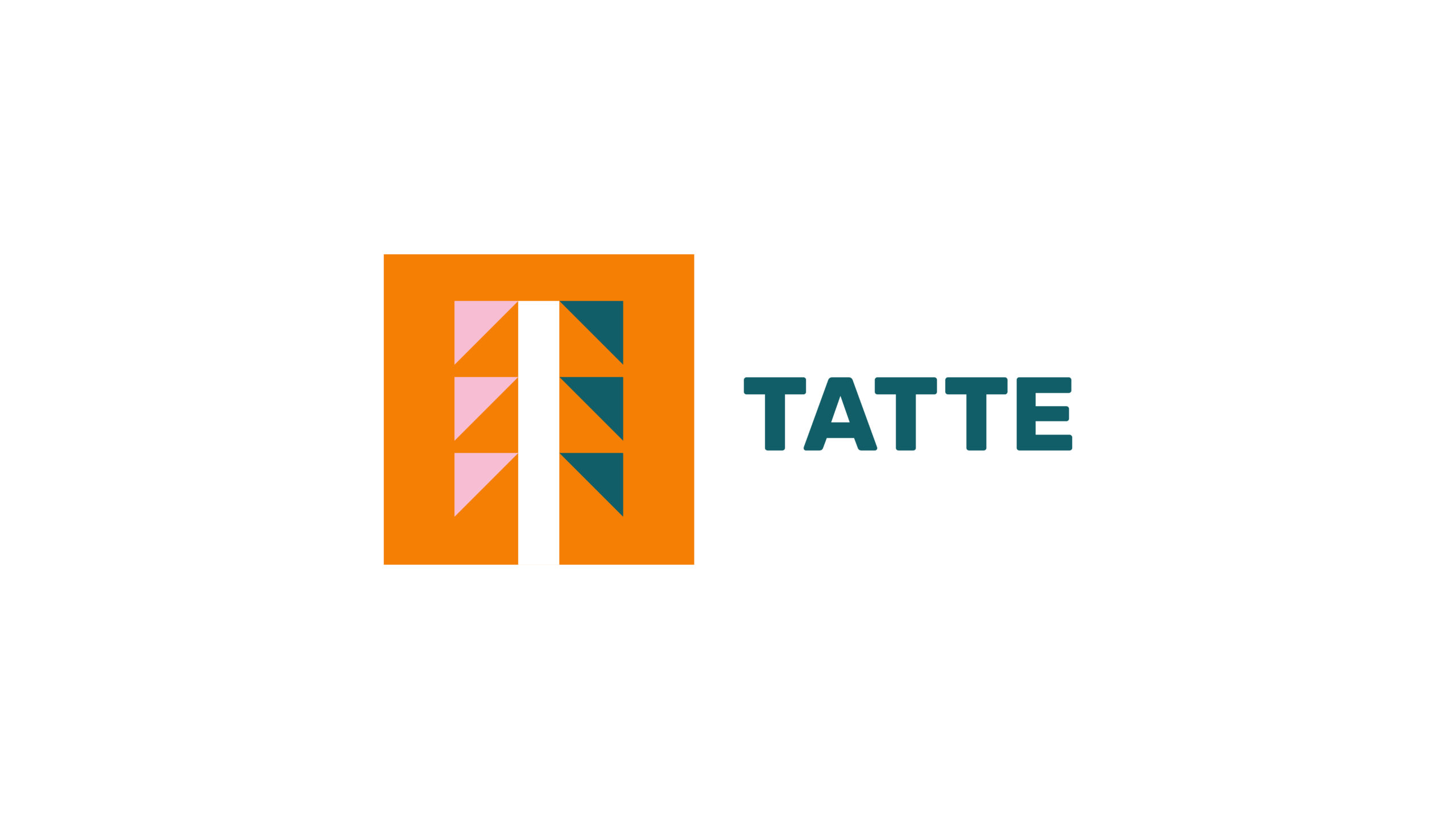The implementation of the university entrance exam reform should be put on hold
The university entrance examination system is proposed to undergo significant changes. If the reform is implemented according to the draft presented, the number of entrance exams would be reduced to about five percent of the current level nationally. This would mean fewer than ten comprehensive entrance exams, consisting mainly or entirely of multiple-choice questions.
We appreciate many of the goals of the reform, including making the examination process less confusing for applicants and reducing workload for university staff, but we are concerned that the current plan could lead to unintended consequences. We think more time is needed to further develop the reform in a way that responds to the concerns of academic staff and that respects the autonomous academic decision-making of universities. Ultimately, we think this will lead to a better end result for applicants, accepted students, university staff, and the broader society.
Diverse kinds of teaching and learning occur across the various fields of study in Finnish universities, and it makes sense that university entrance exams would reflect this diversity to some extent. Currently, many fields utilize their own entrance exams designed to assess prospective students’ skills deeply based on preparatory materials. National entrance exams may work well in certain professional fields, such as medicine and teacher training, but they may not necessarily be suitable for all generalist fields, especially many humanities and social science programs. While we recognize that the current landscape of entrance examinations can be challenging for prospective students to navigate, we are concerned that the reforms in their current state are too one-sided and could weaken Finnish university education, as entrance exams are part of the educational and scientific core of degree programs. Standardizing entrance exams also seems contradictory, especially when universities are strongly encouraged to differentiate themselves.
Tatte wants to point out that the criteria for student selection fall within the autonomy of universities, and decisions about them should be made within the degree programs that practically implement the teaching. The guiding principle of this reform should be the autonomy of universities and its implementation through internal democratic means to ensure that this reform does not become another factor undermining the independent decision-making of university communities. Tatte also emphasizes that the current trend of shifting decisions to higher levels of university administration instead of faculties creates a misleading impression of what university autonomy means.
The proposed reforms also pose practical challenges for different kinds of degree programmes. The proposed model risks breaking up several interdisciplinary degree programs as their admissions would be spread across multiple exams. Conversely, in some fields, due to the composition of degree programs, programs in the same field would end up under different exams at different universities. These important practical aspects relevant to the work have not been taken into account in the draft.
Although the reform is intended to be applicant-oriented, its effects on applicants, their studies, and upper-secondary education are difficult to predict. We are concerned about the potential for the reform to lead to an increasing role for expensive private exam preparation services, which can exacerbate inequalities among applicants. There is a risk that the reform will homogenize Finnish higher education without recognizing the specific characteristics of different fields, which serves no one’s interest. More tailored examinations have offered applicants a preview of university-level work in their field, and this can help equip applicants to make better decisions about their plans for university studies. These exams have also offered teaching staff important insight into students’ preparedness and, for example, writing skills. There is also a fear that more and more fields will start emphasizing certificate-based selection if they feel that the new entrance exams do not take into account the necessary baseline skills. This could lead to a decrease in the number of candidates selected through entrance exams and close doors to individuals who do not succeed in matriculation examinations or pursue studies based on vocational education.
The timeline for the reform is tight: by next spring, the entrance exams are meant to already be in line with the reform. Tatte understands that reducing the number of entrance exams may seem appealing from the applicant’s perspective, and if well-implemented, entrance exam reform has the potential to reduce the workload for both applicants and university staff. However, it is important to more thoroughly investigate the diverse impacts of this systematic reform before making decisions. We are concerned that the current tight schedule may not allow for a high-quality implementation that takes into account university autonomy.
Therefore, Tatte suggests extending the timeline for the reform so that its planning continues for at least one additional year.
Find out more about the reform of university entrance exams:
University Selection Development Project 21.3.2024 draft of the new national selection tests: https://blogs.helsinki.fi/valintahanke/files/2024/03/Hankkeen-osuus_webinaari-21032024.pdf.
The draft is open for consultation until 25.4.2024: https://www.otakantaa.fi/fi/hankkeet/792/osallistuminen/1843/kysely/
